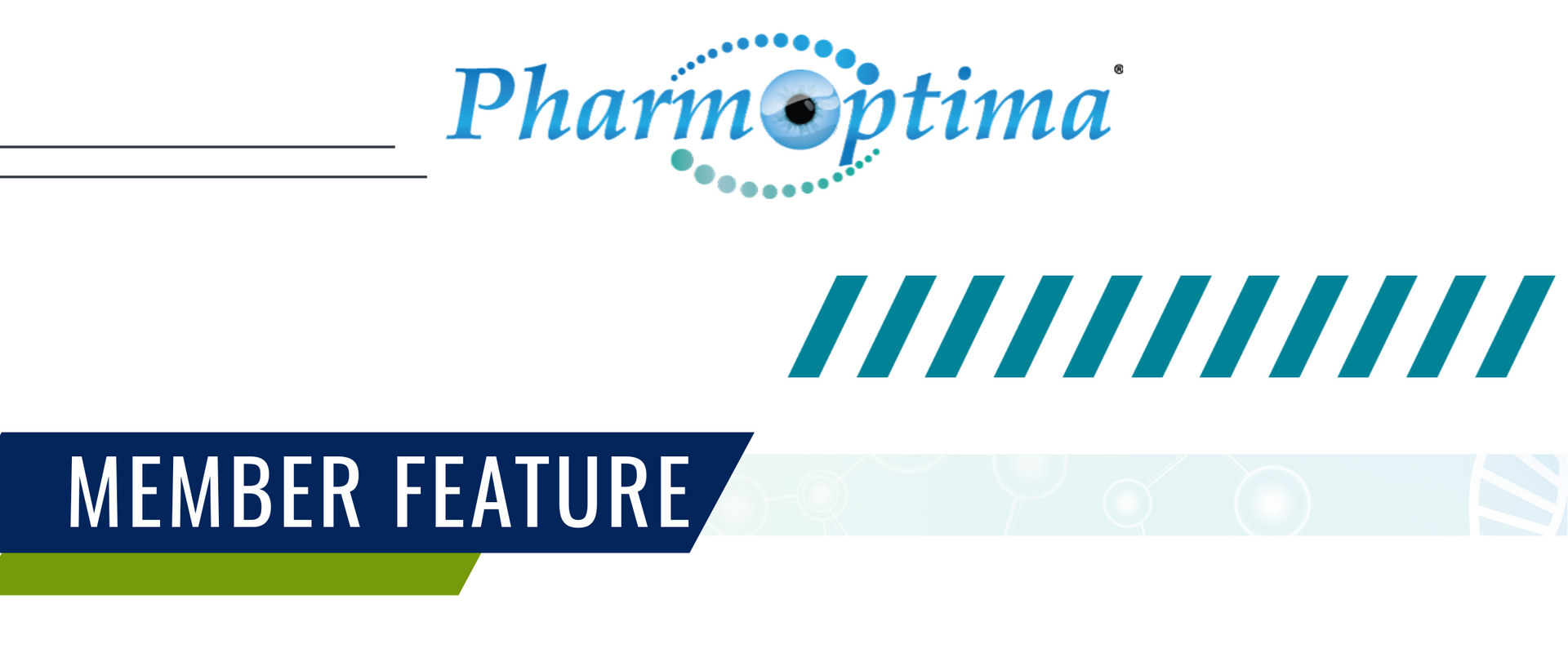Michigan Earned Sick Time Act (ESTA) Update
March 4, 2025
Michigan's Earned Sick Time Act Gets a Makeover

In an 11th-hour compromise late on February 20th, the Michigan Legislature passed an amendment to the Earned Sick Time Act that was scheduled to go into effect on February 21st. The amendatory act addresses many of the provisions of the ESTA that employers found most onerous while keeping in place the basic contours of the original law. Among the changes:
- The amended ESTA no longer permits a private cause of action for alleged violations of the Act; enforcement is solely through an administrative process run by the Department of Labor and Economic Opportunity.
- Small businesses (those employing 10 or fewer employees) need not comply with the ESTA until October 1, 2025. When the law becomes applicable to them, they only will need to permit 40 hours of paid sick time. The previous law’s required additional, but unpaid, 32 hours of sick time has been eliminated.
- Employers are no longer required to have employees accrue ESTA time. Under the new law, they have the option of having employees accrue ESTA time at the rate of 1 hour for every 30 worked or grant 72 hours of ESTA time at the beginning of each year.
- An employer that frontloads ESTA time need not carry over unused ESTA time from year-to-year. For an employer that accrues ESTA time, the year-to-year carryover is capped at 72 hours (or 40 hours for small employers).
- An employer can use existing PTO or vacation time to satisfy their ESTA requirement, as long as that existing time can be used to take paid time off for all purposes permitted under the ESTA. An employer need not treat the entire PTO bank as ESTA time— only the 72 (or 40) hours that the employee is entitled to under the ESTA.
- In determining how much an employee is compensated for ESTA time, an employer must pay the greater of the employee’s regular hourly wage or the minimum wage in the state. Overtime, commissions, bonuses, and tips are expressly excluded from the amount of compensation.
- For leaves where advance notice is not practicable, employers may establish written policies about how employees are required to give notice of unexpected time off, provided that the policy is set forth in a written policy issued to the employee explaining how notice is to be given.
- For ESTA leaves of more than 3 consecutive workdays, an employer can require reasonable documentation of the need for leave be provided within 15 days. Out of pocket expenses for securing that documentation is still to be paid by the employer, but if the employee is covered by health insurance the employer need only pay for the cost of securing documentation—not for the doctor’s visit itself.
- The amendatory act expressly permits employers to take disciplinary action against employees who abuse the ESTA by taking ESTA time off for purposes not permitted by the Act.
- Within 30 days (by March 24, 2025), each employer must issue a written notice to each employee describing the amount of ESTA time they must be provided, how a year is calculated by the employer, the terms under which ESTA time can be used, explaining that retaliation for taking leave under the ESTA is prohibited, and setting forth how an employee can file a complaint for alleged violation of the ESTA.
- For employees covered by collective bargaining agreements in effect on the date of the amendatory Act that conflict with the ESTA’s provisions, the ESTA applies only beginning on the stated expiration date of the collective bargaining agreement, notwithstanding any statement in the agreement that it continues in force until a future date or the execution of a new collective bargaining agreement.
Melvin J. Muskovitz
Dykema
Senior Counsel
RECENT ARTICLES

PharmOptima, a Poratge, Michigan-based preclinical contract research organization (CRO) is advancing drug discovery through its comprehensive suite of services. Specializing in in-vivo ADME/PK, ocular research, as well as regulated large and small molecule bioanalytical and ligand binding services, PharmOptima supports clients in optimizing drug development programs efficiently and effectively. With a staff averaging 11 years of industry experience and multiple individuals with advanced degrees, PharmOptima also boasts one of the most capable and engaging teams in the industry. The company collaborates with board-certified veterinary ophthalmologist Dr. Ryan Boyd, further enhancing its ocular research capabilities. PharmOptima's team of experts is dedicated to providing high-quality services to the pharmaceutical biotechnology industries. Looking ahead, PharmOptima scientists will be presenting posters at the 2025 The Association for Research in Vision and Ophthalmology (ARVO) conference, showcasing their latest research and innovations in ocular drug development. For more information visit www.pharmoptima.com .

Two bills, HB 4332 and HB 4333 were recently re-introduced that would prohibit pathogen gain-of-function (GoF) research. Given that the House is now Republican-led raises concerns for MichBio and others that the legislation might gain traction due to misinformation over biosafety and pandemic origins. MichBio opposes such broad legislative bans as they risk undermining critical scientific progress, public health preparedness, and economic innovation. GoF research has been instrumental in developing life-saving therapies and vaccines. For instance, viral vector-based gene therapies, such as Sarepta's Elevidys for Duchenne muscular dystrophy, and oncolytic virotherapies like Amgen's Imlygic for melanoma, rely on genetically modified viruses to deliver therapeutic genes or selectively destroy cancer cells. These advancements stem from GoF methodologies that enhance viral capabilities for therapeutic purposes. Moreover, GoF research has played a pivotal role in vaccine development. Examples like the AstraZeneca and Janssen COVID-19 vaccines and Merck's ERVEBO vaccine against Ebola employs a genetically modified virus to confer protection, underscore the public health benefits derived from GoF studies. Contrary to concerns that GoF research operates without sufficient oversight, multiple layers of regulation are in place. Since 2017, the U.S. Department of Health and Human Services has implemented a framework to evaluate and guide funding decisions for GoF research, particularly those involving potential pandemic pathogens. This framework includes stringent safety protocols, risk assessments, and ethical reviews. MichBio is most concerned that any legislative bans that broadly define and prohibit GoF research risk stifling innovation across various scientific fields. Such bans could inadvertently encompass research in virology, microbiology, molecular biology, and synthetic biology—disciplines vital for developing new therapies, sustainable agricultural practices, and environmental remediation technologies. In turn, state-level bans on GoF research could have detrimental effects on local economies and academic institutions. Such a ban could impede research critical to understanding and combating diseases, leading to a loss of federal and philanthropic funding. This could hamper the growth of the Michigan's biotech and biomedical sectors. MichBio advocates for a balanced approach that reinforces existing oversight mechanisms and fosters transparent, responsible research practices essential to safeguard both public health and scientific progress.


